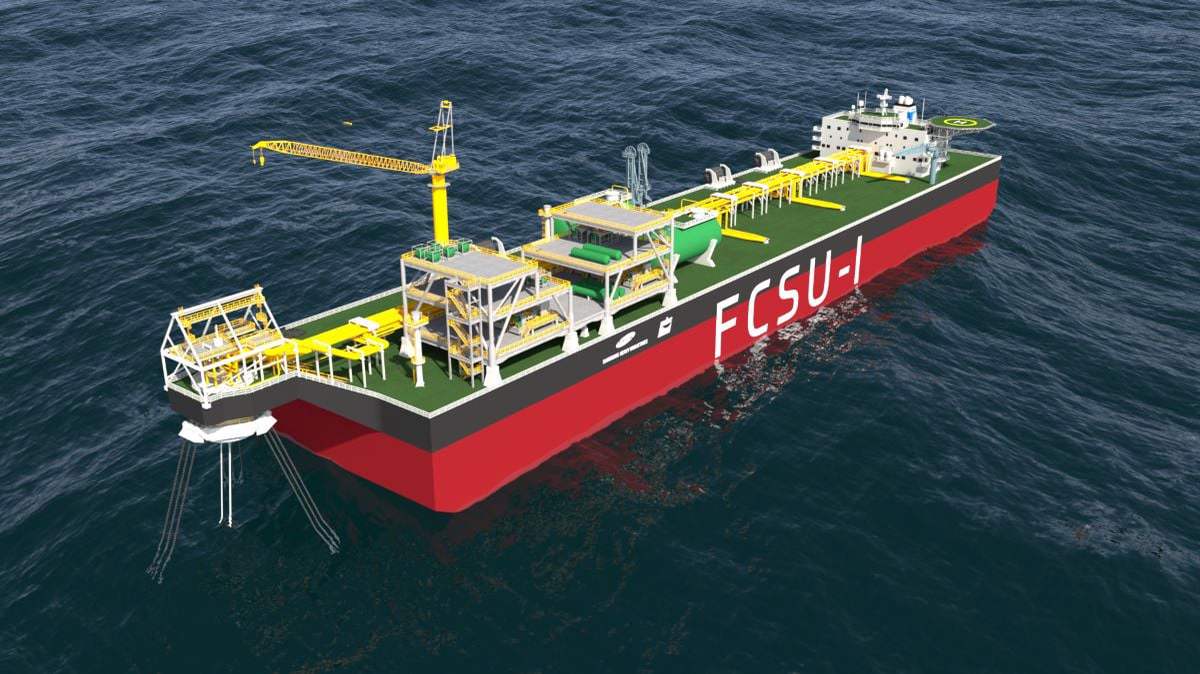Carbon capture will play a 'pivotal role' in shipping’s future – ABS
Carbon capture, utilisation and storage (CCUS) has been highlighted as a potential frontrunner for reducing maritime well-to-wake (WTW) emissions by the American Bureau of Shipping (ABS).
 PHOTO: Overview of carbon capture transportation and storage. Global CCS Institute
PHOTO: Overview of carbon capture transportation and storage. Global CCS Institute
“As the industry works toward meeting the IMO’s goals, CCUS will play an important role in reducing emissions in both carbon-intensive processes and in the growing use of low-carbon fuels, such as liquefied natural gas (LNG), methanol or biofuels,” classification society ABS noted.
Zero-carbon fuels possible with CCUS
The report underscored CCUS' role in the production of marine fuels, such as blue hydrogen and blue ammonia, generated from natural gas with carbon captured during production. CCUS is also integral to synthetic or e-methanol production.
As shipping sectors look to reduce carbon emissions, these fuels are seen as the next-generation fuel.
“Until renewable sources scale up, the production of blue hydrogen will be pivotal to its adoption as a zero-emission WTW fuel,” ABS explained.
Renewable energy and conventional fossil fuels can be combined to create blended fuels. This will allow the industry to gradually shift from fossil fuels to hydrogen and hydrogen-based power, rather than making a sudden switch.
“As carbon capture technology improves and renewable energy production grows, blue and green hydrogens can scale to provide marine vessels with a complete zero-emission WTW solution,” ABS added.
Maritime carbon capture technologies
ABS identified amine-based technologies and calcium oxide CO2 capture as two potential alternatives for the maritime industry, favouring the latter.
CO2 can be captured from exhaust gas streams by liquid amines, which are nitrogen-containing organic compounds. However, ABS found that these technologies posed some storage and transportation challenges for liquefied CO2 (LCO2).
Calcium oxide technologies, on the other hand, convert captured carbon into calcium carbonate pellets. ABS explained that this technique facilitates the transportation and storage of CO2 in solid form rather than maintaining the optimum temperature and pressure to store liquefied CO2.
Solving the transportation dilemma
Meanwhile, several shipping companies are also developing new carbon carrier concepts to deal with CO2's transportation challenges.
 PHOTO: 3D Visual of the MISC-SHI Floating Carbon Storage Unit with Injection Capability. MISC
PHOTO: 3D Visual of the MISC-SHI Floating Carbon Storage Unit with Injection Capability. MISC
Northern Lights is developing cross-border CO2 transport and storage infrastructure to meet Europe's growing carbon capture and storage demand. A Japanese alliance is studying the logistics and costs of transporting LCO2 on vessels for a carbon capture and storage project off Kyushu in southwest Japan.
Meanwhile, Malaysia's MISC and South Korea's Samsung Heavy Industries’ (SHI) prototype of a floating carbon storage and injection unit has received DNV’s approval in principle. It will have a CO2 storage capacity of 100,000 cbm (187,000 mt) and a CO2 injection capacity of around 5 million mt/year. SHI is also developing other carbon capture and storage concepts, including CO2 carriers.
“Replacing traditional carbon-based fuels will take time. It will take decades of technological advancement and production scaling of alternative fuels like hydrogen to reach a point of large-scale maturity,” ABS concluded, “however, there are still critical near-term roles for the carbon and hydrogen value chains to impact the global energy transition.”
By Konica Bhatt
Please get in touch with comments or additional info to news@engine.online





